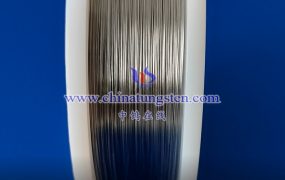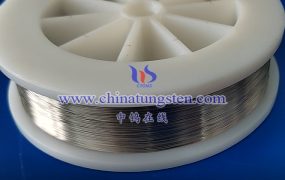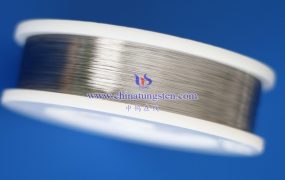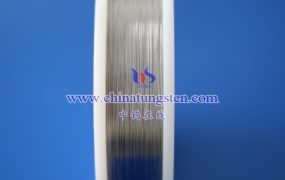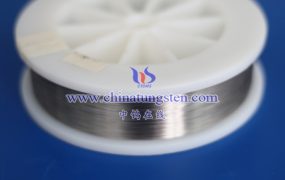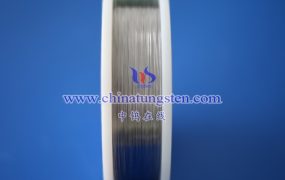In the production of black tungsten wire (i.e., unpolished or uncoated tungsten wire), common defects are primarily related to material properties, processing techniques, and equipment conditions. Below are some typical defects and their causes:
Surface Cracks
- Cause: Stress concentration during drawing or forging, improper die design, insufficient lubrication, or excessively high drawing speed may lead to surface microcracks.
- Impact: Reduces the mechanical strength and service life of the wire, potentially causing fractures, especially in high-temperature environments.
Diameter Inconsistency
- Cause: Die wear, uneven temperature control, or non-uniform raw materials during drawing, resulting in diameter fluctuations.
- Impact: Affects the electrical and mechanical properties of the wire, potentially leading to unstable performance in filament or electrode applications.
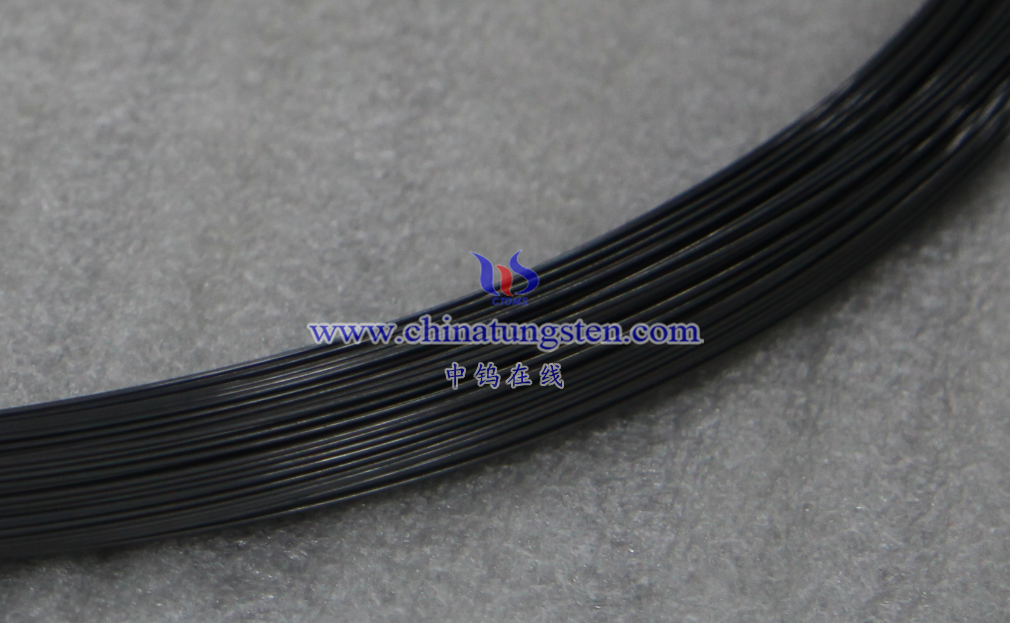
Surface Oxidation or Contamination
- Cause: Inadequate control of the production environment, exposing the wire to oxygen or impurities, or incomplete cleaning.
- Impact: Surface oxide layers reduce conductivity and corrosion resistance, potentially causing premature failure.
Internal Defects (e.g., Porosity or Inclusions)
- Cause: Insufficient raw material purity, incomplete gas removal during sintering or smelting, or incorporation of impurities.
- Impact: Internal defects weaken the wire’s strength and toughness, increasing the risk of fracture.
Non-Uniform Grain Structure
- Cause: Improper temperature or duration control during heat treatment (e.g., annealing), leading to inconsistent grain sizes or grain boundary defects.
- Impact: Uneven grain structure affects the wire’s ductility and high-temperature performance.
Drawing Marks or Surface Scratches
- Cause: Rough die surfaces, ineffective lubricants, or equipment vibration.
- Impact: Surface scratches can become stress concentration points, reducing the wire’s fatigue life.
Brittle Fracture
- Cause: Tungsten’s inherent brittleness, combined with improper processing temperatures or overly rapid cooling rates, may cause brittle fractures during processing or use.
- Impact: Directly leads to product rejection or failure during application.
Solutions
- Optimize Raw Materials: Use high-purity tungsten powder to minimize inclusions and gas content.
- Improve Processes: Strictly control drawing speed, temperature, and lubrication conditions, and ensure die quality.
- Environmental Control: Process in inert gas or vacuum environments to prevent oxidation.
- Optimize Heat Treatment: Design annealing processes to improve grain structure and enhance toughness.
- Quality Inspection: Use microscopes, X-ray testing, and other methods to promptly detect surface and internal defects.
More details of tungsten wire, please visit website: http://www.tungsten-wire.com.cn/
Please contact CHINATUNGSTEN for inquiry and order of tungsten wire:
Email: sales@chinatungsten.com
Tel.: +86 592 5129595
